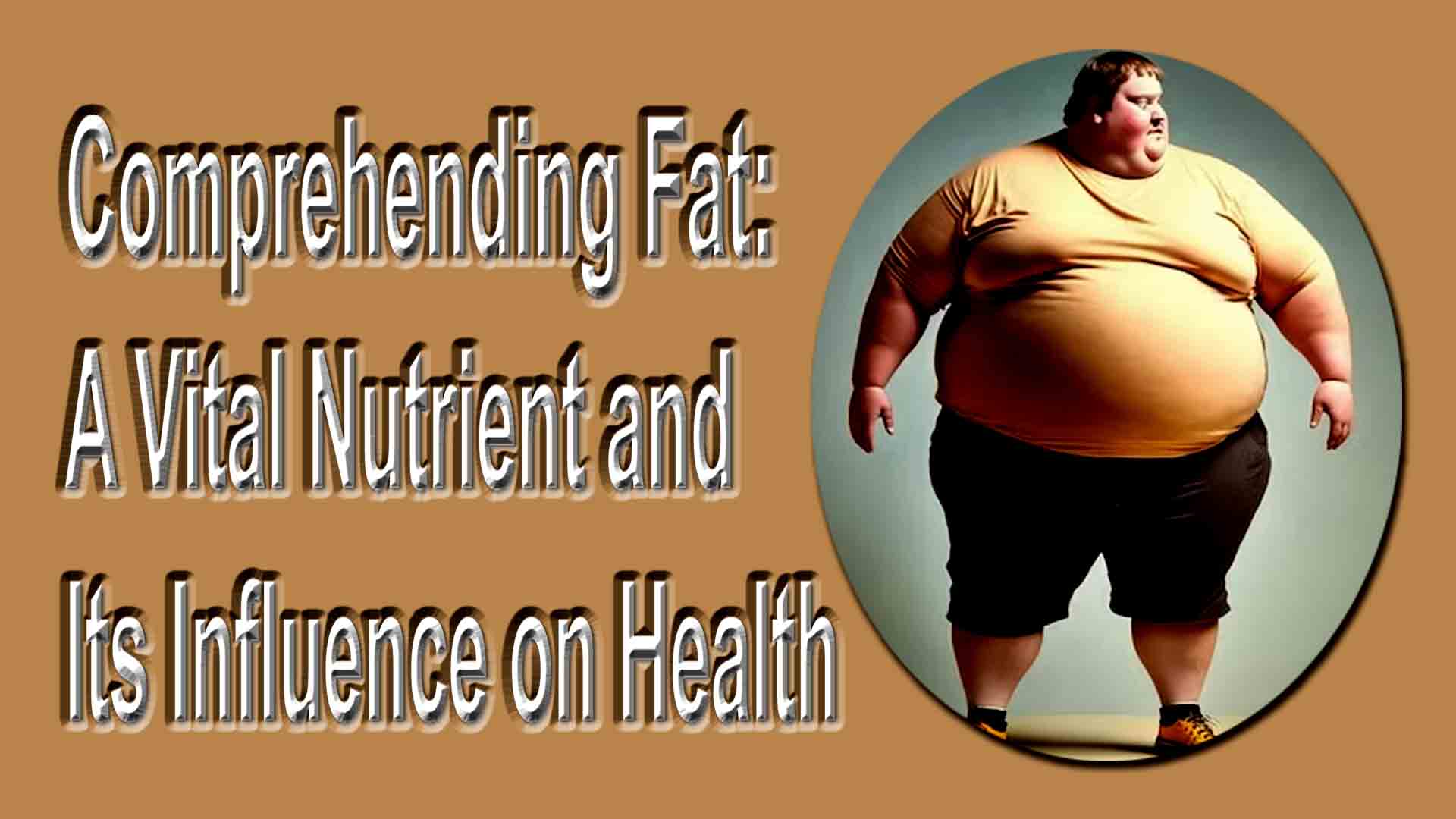

 Comprehending Fat- A Vital Nutrient and Its Influence on Health
Comprehending Fat- A Vital Nutrient and Its Influence on Health
Fat is a vital macronutrient that plays several critical roles in the body. Despite its negative reputation, especially in the context of dieting and weight management, fat is essential for maintaining health. This article delves into the different types of fats, their functions, health implications, and how to make informed dietary choices.
Types of Fat
Fats, also known as lipids, are categorized into four main types:
1. Saturated Fats: These fats are typically solid at room temperature and are found in animal products like meat and dairy, as well as some tropical oils like coconut and palm oil. While essential for bodily functions, excessive intake of saturated fats has been linked to increased levels of LDL cholesterol (the “bad” cholesterol), which can raise the risk of heart disease.
2. Unsaturated Fats: These fats are usually liquid at room temperature and are found in plant-based oils, nuts, seeds, and fish. Unsaturated fats are further divided into:
• Monounsaturated Fats (MUFAs): Found in olive oil, avocados, and certain nuts, MUFAs can help reduce LDL cholesterol levels and are considered heart-healthy.
• Polyunsaturated Fats (PUFAs): Found in sunflower oil, corn oil, and fish, PUFAs include omega-3 and omega-6 fatty acids, which are crucial for brain function and cell growth. Omega-3 fatty acids, in particular, have anti-inflammatory properties and are beneficial for heart health.
3. Trans Fats: These are artificially created through hydrogenation, which solidifies liquid oils. Found in some margarines, snack foods, and fried foods, trans fats can significantly raise LDL cholesterol and lower HDL cholesterol (the “good” cholesterol), increasing the risk of cardiovascular disease. Due to these adverse health effects, many countries have regulated or banned trans fats in food production.
Functions of Fat
Fat serves multiple essential functions in the body:
• Energy Source: Fat provides a dense source of energy, offering 9 calories per gram, more than double that of carbohydrates and proteins.
• Nutrient Absorption: Fats are necessary for the absorption of fat-soluble vitamins (A, D, E, and K), which play critical roles in maintaining vision, bone health, immune function, and blood clotting.
• Cell Structure: Fats are integral components of cell membranes, influencing fluidity and the functioning of cells.
• Insulation and Protection: Fat insulates the body, helping to maintain temperature, and cushions vital organs, providing protection against physical shock.
Health Implications
The type and amount of fat consumed can significantly affect health. Balancing the intake of different types of fats is crucial for preventing chronic diseases:
• Cardiovascular Health: Diets high in saturated and trans fats are linked to an increased risk of heart disease. Replacing these with unsaturated fats can improve cholesterol levels and reduce heart disease risk.
• Weight Management: While fats are calorie-dense, moderate consumption of healthy fats can support weight management by promoting satiety and reducing the likelihood of overeating.
• Inflammation: Omega-3 fatty acids found in fish oils have anti-inflammatory properties that can benefit conditions like arthritis and other inflammatory diseases.
Making Informed Dietary Choices
To incorporate healthy fats into your diet:
• Choose plant-based oils: Opt for olive, canola, or flaxseed oil instead of butter or lard.
• Eat fatty fish: Include salmon, mackerel, or sardines in your diet for a good source of omega-3 fatty acids.
• Snack smart: Replace chips or cookies with a handful of nuts or seeds.
• Limit processed foods: Reduce intake of commercially baked goods and fried foods that often contain trans fats.
Conclusion
Fat is an indispensable nutrient that, when consumed in appropriate types and amounts, contributes to overall health and well-being. Understanding the different types of fats and their impacts can help individuals make informed dietary choices, leading to better health outcomes. Emphasizing unsaturated fats while limiting saturated and trans fats is a balanced approach to incorporating this essential nutrient into a healthy diet.